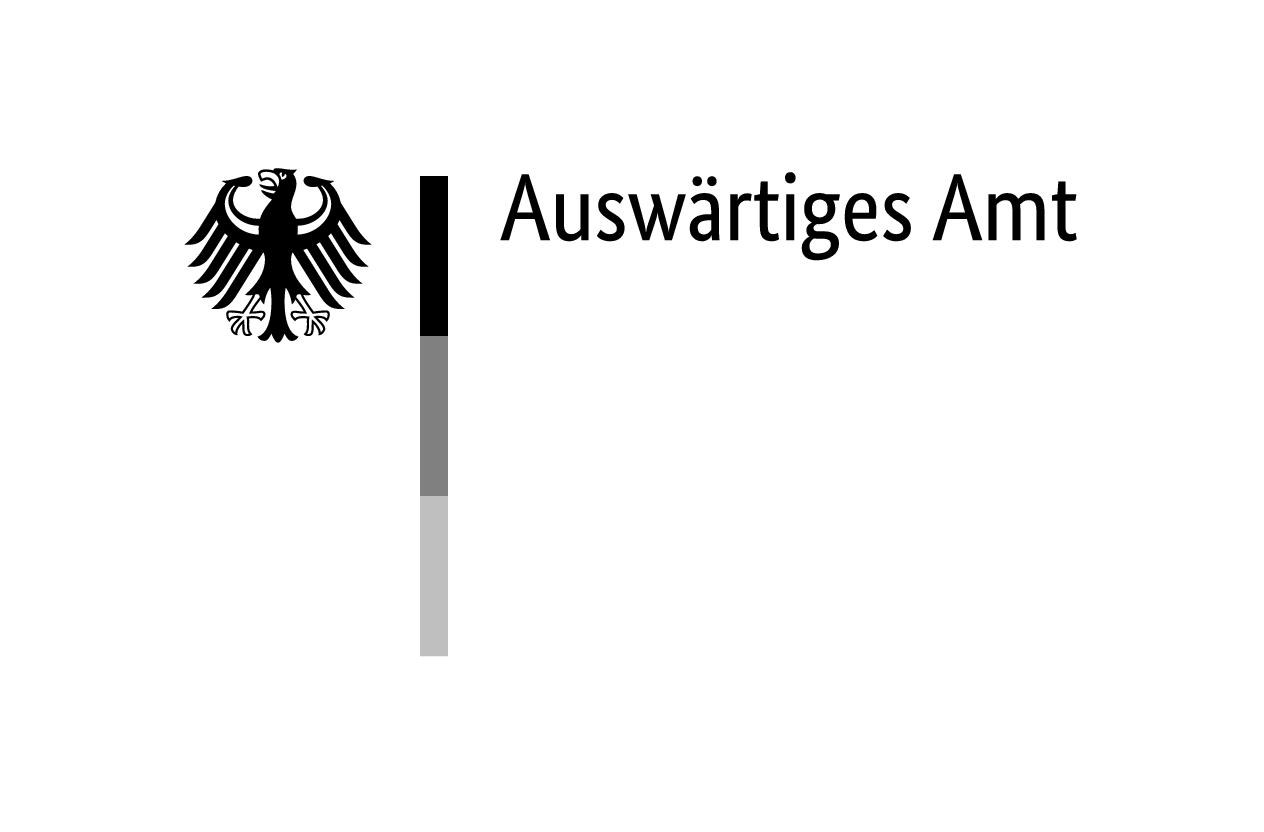The village of Gonars is located south of the city of Udine, in the region of Italy now known as Friuli-Julian Venezia. It is around six kilometres from the small town of Palmanova, which has a train station.
Construction of the Camp
In October 1941, a camp for prisoners of war was set up in Gonars to intern soldiers and officers of the Yugoslav army. At the same time, a larger facility consisting of both tents and barracks was built on an area about one kilometre away and was called ‘campo maggiore’ [main camp].
From March 1942, this facility was used for the internment of political prisoners and civilians who had been captured during ‘combing operations’ in the Province of Ljubljana. The ‘campo maggiore’ was surrounded by a barbed wire fence over three metres high and equipped with watchtowers on which guards armed with machine guns were positioned.
The Eleventh Army Corps stationed in Ljubljana was responsible for managing the camp and the internees. Several lieutenant colonels took turns as camp commandants, and around 36 officers and 600 soldiers were assigned to supervise the camp.
The Internees
In September 1942, the number of internees totalled 6,396 people after the major round-ups that had been carried out in the Province of Ljubljana over the summer. From November 1942, the first families arrived in Gonars, including many from the Arbe camp and from the Italian-occupied Croatian territories. Transports of single women also arrived from Ljubljana.
The living conditions of the internees were very harsh because of the overcrowding in the camp and the lack of food and clothing. Eighty per cent of births in the camp were stillbirths. The number of deaths totalled 439, so that in December 1942 a new burial ground had to be established near the municipal cemetery for those who had died in the camp.
After the announcement of the armistice between Italy and the Allies (8 September 1943), the internees were able to reach an agreement with the camp management on the release of all prisoners, which began on 13 September 1943. Around 700 people remained in the camp, mostly old people, women and children, who were later also released.
Sinti and Roma in the Camp
According to the testimony of Maria Braidich (1903/04–unknown) between 15 and 20 Sinti and Roma were imprisoned in the Gonars camp, and Alessandra Kersevan (born 1950) mentions the names of two Roma who died shortly after birth: Maria Braidich was born in Gonars on 27 February 1943 and died there on 18 March 1943 due to severe atrophy, and Cristina Levakovich was born in Gonars on 16 January 1943 and died there of atrophy on 27 February 1943.
Memorial
On the initiative of the Yugoslav authorities, a memorial was established in 1973, to which the remains of 471 people were transferred. 410 of them had been exhumed in the cemetery of Gonars, the others had died in the nearby hospital in Palmanova and in the concentration camps (campi di concentramento) for Yugoslav civilian internees in Visco (in the province of Udine) and Chiesanuova near Padua. Among the names of the deceased is that of Anton Hudorovich (1922–1943), who died in the Chiesanuova camp.




